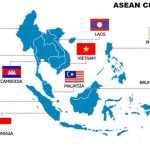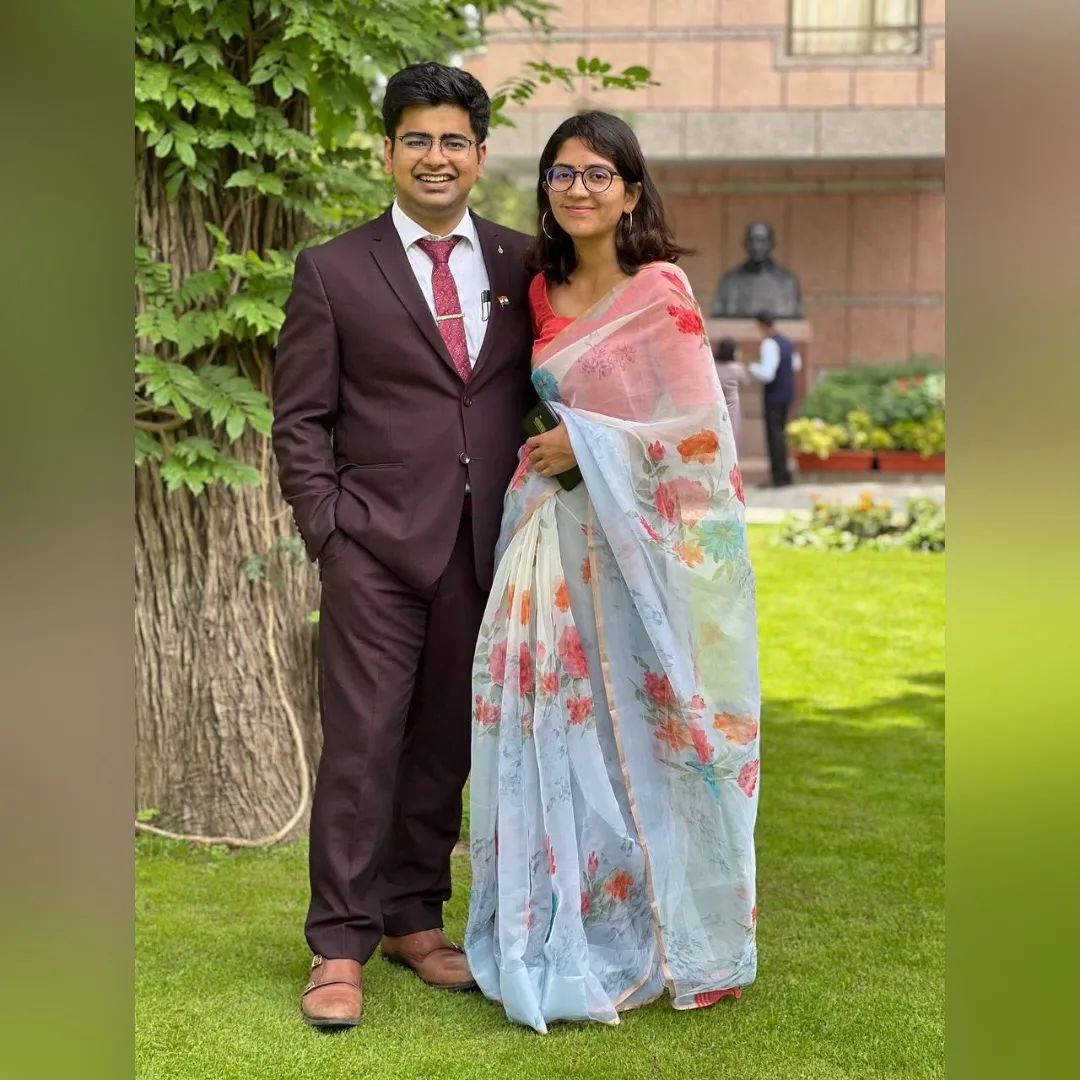
The Battle of Swally, also called the Battle of Suvali, was a sea battle that happened on November 29, 1612, near the village of Suvali, which is near the city of Surat in the Indian state of Gujarat. Both the British East India Company, led by Captain Thomas Best, and the Portuguese fought in the fight.
At the end of the Battle of Swally, the British East India Company beat the Portuguese and won. This small military battle is important to history because it was the start of the British East India Company’s rise in India.
Table of Contents
Historical Background
Portuguese Monopoly Over Trade
• In the late 1500s, the Portuguese were the first Europeans to go to India. Vasco da Gama, a Portuguese adventurer, found a new way to get from Europe to India that was all by sea in 1498. He was the first European to reach India by sea. He landed in Calicut, Kerala, on the western coast of India.
The Portuguese ruled the Asian coast from Hormuz in the Persian Gulf to Malacca in Malaysia and the Spice Islands in Indonesia after Afonso de Albuquerque took Goa in 1510. They took over Indian territories on the coast and fought constant wars to expand their trade and power and keep European competitors from stealing their trade monopoly.
In the 1600s, European merchants also started the long process of moving into Asian lands and then taking control of them. Portuguese had a monopoly on the very valuable trade with the East for almost a hundred years. Cochin, Diu, and Goa were places where Portugal set up trade posts.
Their rule in India lasted for a hundred years because they were in charge of the high seas and South India was not part of the Mughal Empire, so they didn’t have to deal with its power.
In the second half of the 16th century, England and other growing commercial and naval forces fought hard against Portugal’s control of world trade by sea.
Events leading to the Battle of Swally
• The Portuguese had a monopoly on trade with India, which led to the Battle of Swally in 1612. The British traders were very interested in the Asian Trade. The success of the Portuguese, the rich cargoes of spices, silk, cotton, gold, pearls, drugs, porcelain, and ebony they carried, and the high profits they made sparked the imaginations of English traders and made them eager to join in such profitable trade.
• The “Company of Merchants Adventures,” which was started in 1551 and became the “Muscovy Company” in 1555, and the “English East India Company,” which was started in 1600 and was also known as “John Company,” were both trying very hard to find ways to the East Indies (Asia) and the spice trade.
• Ralph Fitch and Jan Huyghens van Linschoten also had important parts to play in what happened before the Battle of Swally.The Portuguese were very careful to keep their new lines to Asia safe. Ralph Fitch, a British trader, was caught spying at Ormuz, which is now near the Iranian port of Bandar Abbas, in July 1583.
On his ship, he was going from Syria to the Indian Ocean. Ralph was taken to Goa and brought before the Portuguese Viceroy. There, he was arrested. He was set free because Jesuit monks put up money as a guarantee, but he ran away from Goa and spent several years wandering around India. He went back to England in 1591 and helped the East India Company in many ways.
Jan Huyghens van Linschoten was a Dutch Protestant who travelled and wrote about history. From 1583 to 1588, he worked in Goa as the Secretary of the Portuguese Viceroy. In 1592, he went back to Holland. In 1596, he wrote “Itinerari,” which was later translated into English as “Discourses of Voyages into the East and West Indies.
” It was the first book in Europe to show thorough maps of trips to the East Indies, especially India.Jan Huyghens carefully copied the top-secret plans page by page while he was in Goa.
Even more important, Jan Huyghens gave important navigational information like currents, deeps, islands, and sandbanks, as well as pictures of the coast to help people find their way. His writings also led to the creation of the “Dutch East India Company” (Vereenigde Oostindische Compagnie) in 1602 so that the Dutch could work together to trade with Asia.
East India Company (EIC)
• In 1599, a group of well-known merchants and explorers got together to talk about a possible business operation in the East Indies. In 1600, a group of traders called the Merchant Adventures set up the English Association, which was a company to trade with the East. The English East India Company was the name of this company. It was made to do business in the area around the Indian Ocean, first with the East Indies (the Indian subcontinent and Southeast Asia) and then with East Asia.
• On December 31, 1600, Elizabeth I, Queen of England, gave the English East India Company a royal charter and the right to trade in the East. The Queen gave the “Governor and Company of Merchants of London Trading into the East Indies” their licence.
• The first trip of the East India Company (EIC) left on February 13, 1601. In 1601, Sir James Lancaster was in charge of the first East India Company trip on the ship “Red Dragon.” At least five trips to the East Indies were made on this ship by the East India Company. The first British ship to arrive in India was the Red Dragon. The Hector, Susan, Gift, and Ascension were the other four ships on the first trip. Even though the first trip began in 1601, this group never made it to the port of Surat in Gujarat, India.
• During the first journey, the Company set up its first factory at Bantam on the island of Java in Indonesia and a second factory at Moluccas (Spice Islands). When they went back to England in 1603, they found out that Queen Elizabeth had died. But because of how well the trip went, the new king of England, James I, made Sir James Lancaster a knight. The second trip of the East India Company was led by Sir Henry Middleton in March 1604.
On March 12, 1607, Red Dragon, Consent, and Hector were told to go to Java to keep dealing with India and Aden and to make new trade connections with India. This third trip was led by General William Keeling, who used the “Red Dragon” as his flagship. Sir William Hawkins was in charge of the “Hector,” and David Middleton was in charge of the “Consent.”
Sir William Hawkins
• The English East India Company’s first trips did not have to go to India. Each trip was its own risk, and subscription stock was sold to pay for each one.
• Sir William Hawkins led the English East India Company to India. On August 24, 1608, they arrived at the port of Surat in Gujarat, India. He was an agent of the English East India Company. He was known for being the captain of the ship “Hector,” which was the first company ship to arrive in Surat, India, on August 24, 1608.
Hawkins took a letter from King James I of England to the Mughal Emperor Jahangir. In the letter, James I asked for permission to do business in India and for trade benefits. In 1608, the British chose to open a trading post at Surat on India’s west coast. Surat was the most important port for the Mughals.
It was at the mouth of the river Tapti at the time.In 1609, Sir William Hawkins went to Agra to talk to Mughal Emperor Jahangir about building a workshop. The Portuguese government tried hard to stop Hawkins from getting to the Mughal court, but they were not successful. In 1609, Emperor Jahangir took the gifts Hawkins brought for him and treated him well.
Hawkins was fluent in Turki, so he could talk to the emperor in that language without a translator. Jahangir gave the British places to trade because he liked Hawkins.
• The Portuguese were upset that the British were given trade privileges. But after talks, the Mughal Emperor and the Portuguese made a deal to stop fighting. The British ships couldn’t get into the port of Surat because the Portuguese stopped them. In November 1611, Hawkins left Agra and went back to England.
This concession was not enough for the British. The Portuguese were against the plan to build a factory in Surat, so it didn’t work out. But the British started trading at Masulipatnam on India’s southeastern coast and set up a trade settlement (temporary factory) there in 1611.
Course of Battle of Swally
• The English East India Company’s tenth trip set sail from Gravesend, England, on February 1, 1612. Captain Thomas Best led this trip on the ship Red Dragon, which arrived in Surat on September 5, 1612.
• 16 Portuguese barks (sailboats) came into Surat on September 13, 1612. On September 22, 1612, Captain Thomas Best sent a person to the Mughal Emperor Jahangir to ask for permission to trade and set up a workshop at Surat. If he was turned down, he planned to leave the country.
This may have been because King James I extended the Company’s charter in 1609 with the condition that it would be cancelled if no profitable projects were completed within three years.
• On September 30, 1612, William Chambers and Mr. Canning, two of Captain Thomas Best’s men, were caught while they were on land. Fearing the worst, Captain Best took a ship belonging to the Governor of Gujarat and offered to let it go in return for his men.
• On October 10, 1612, Captain Thomas Best led his ships to a small town near Surat called Suvali. Between October 17 and 21, 1612, he negotiated with the Governor and got a deal that gave him the right to trade, as long as the Mughal Emperor approved it. On October 29, 1612, there was a fight between the two fleets. Neither side was hurt too badly.
• On October 30, 1612, Captain Best went through the four Portuguese ships in the Red Dragon. During this time, three of the ships ran aground. The Portuguese were able to get the ships back on the water. On the night of October 30, 1612, the Portuguese tried to set fire to the British ships by sending a bark (a type of sailing ship) towards them. But the British watch was on the lookout, and gun fire sank the bark, killing eight people.
• There was a standoff until December 5, 1612, when Captain Thomas Best set sail for the port of Diu. In the Battle of Swally, which took place in the sea near Surat, Captain Thomas beat the Portuguese. When Emperor Jahangir heard that the British had won the fight against the Portuguese, he was impressed. After that, he liked the British more than he liked the Portuguese.
Aftermath
• After the British won the Battle of Swally, Mughal Emperor Jahangir released a “Farman,” which gave the British permission to set up a factory in Surat under the leadership of Thomas Aldworth. This happened in early 1613. Captain Thomas Best went to Ceylon on January 18, 1613, and then to Sumatra. He didn’t go back to India before he went back to England in April 1614.
• On January 6, 1613, Captain Thomas Best got a letter from Mughal Emperor Jahangir ratifying the treaty that the Governor of Gujarat had brought to him.
• On January 16, 1613, Captain Best told one of his men, Anthony Starkey, to go to England by land with news of their success.
• In 1615, Sir Thomas Roe went to the court of Mughal Emperor Jahangir in Agra as an envoy of King James I of England. He stayed there until February 1619. In September 1615, Thomas Roe arrived at the port of Surat.
Even though he didn’t get a business deal with the Mughal Emperor, he did get a lot of special rights, such as the right to set up plants in Agra, Ahmedabad, and Broach.By 1623, workshops had been set up by the British East India Company in Surat, Broach, Masulipatnam, Ahmedabad, and Agra.


![Vishakha Yadav [UPSC Rank 6] marksheet, Biography, Age, Family, optional & More rps20201111_175913.jpg](https://iasbio.com/wp-content/uploads/2020/11/rps20201111_175913.jpg)

![Abhishek Saraf [UPSC Topper 2019] Biography, Age, Family, Marksheet, Optional & More 117319406_133530055082669_3985285308971443267_n.jpg](https://iasbio.com/wp-content/uploads/2020/11/117319406_133530055082669_3985285308971443267_n.jpg)

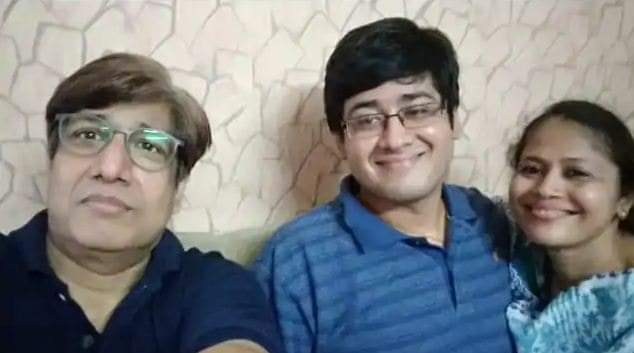


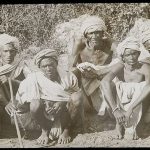
![Himanshu Jain [UPSC topper 2019] Biography, Age, Family, Caste & More images-2B-252876-2529.jpeg](https://iasbio.com/wp-content/uploads/2020/11/images-2B-252876-2529.jpeg)

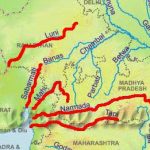

![Ganesh Kumar Bhaskar [UPSC Topper 2019] Biography Age, Family, Marksheet, Optional & More images-2B-252879-2529.jpeg](https://iasbio.com/wp-content/uploads/2020/11/images-2B-252879-2529.jpeg)
